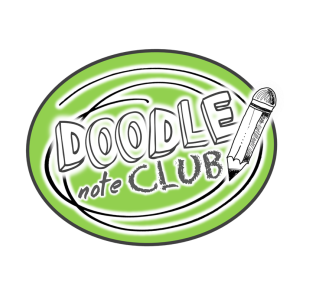Cindy, an “orange” personality, uses doodle notes to help students “see” math the way she does. It encourages her students’ creativity and understanding of the material, gives them ownership, and even fuels her own creative passions as she works to make her own lessons this way! Read about her own tips and experience with the doodle note strategy:



















